Can Sean Cohan restore Bell Media to growth?
The former A+E Networks and Nielsen exec is tasked with transforming Canada’s largest legacy media company into a modern digital powerhouse at a time when the country’s TV industry is in crisis.

Sean Cohan
Canadian broadcast group Bell Media raised eyebrows last October with the appointment of veteran international TV executive Sean Cohan as its new president.
In Canada, the hire represented something of an anomaly given that local media companies seldom hire leaders from outside the country, in part because the idiosyncrasies of the market can be so challenging to grasp.
But with the domestic television sector in a moment of crisis, Cohan’s appointment is an acknowledgement that fresh perspectives are needed.
Cohan is a New Yorker who made his name during a 15-year spell at A+E Networks, where he spearheaded a vast expansion of the company’s international business. He climbed to president of international and digital media before departing at the end of 2018 to join Brent Montgomery’s Wheelhouse as president. After a year at Wheelhouse, he spent three years as chief growth officer and president of international at audience measurement firm Nielsen.
The presidential post at Bell Media is a sprawling one, overseeing the country’s most-watched broadcast network CTV, a portfolio of around 25 pay TV channels including sports network TSN, streaming service Crave, a suite of radio stations and its out-of-home advertising business.
Cohan’s brief is simple: return Canada’s largest media company to growth. But figuring out how to do that isn’t so straightforward.
“To me, there are two foundational things in this role. One, to transform and unlock growth to restore us to a being a sustainable, growing business. And two, delivering the most compelling content where consumers demand it, leaning into our superior audience knowledge, growing that audience and monetising it,” he tells C21.

Comedy Letterkenny has recently reached the end of its run
“It’s really about moving from [being] a legacy broadcaster to a digital media and content leader; from being inward and Bell-centric to consumer-centric; and from ‘do everything, everywhere for everyone’ to a clearer narrative with a clearer set of priorities. All of that is in service of returning us to growth and, along the way, entertaining, engaging, informing and delighting the Canadian consumer.”
In terms of the numbers, in 2023, Bell Media’s revenue fell by 4.2% to C$3.12bn (US$2.35bn), while adjusted earnings fell 6.4% to C$697m. That was partly due to an 8.6% drop in television advertising revenue, caused by a contraction in the ad market and also having almost no new American scripted programming to air during its fall season on CTV thanks to the dual strikes of last year.
Returning to growth is a tall order against the backdrop of accelerating cord-cutting and increasingly stiff competition from the likes of Netflix, Disney+, Prime Video and Paramount+. Warner Bros Discovery’s Max has never launched in Canada as Bell Media pays a whopping (undisclosed) sum to license the rights to HBO and Max originals, as well as Warner Bros and DC films.
Cohan acknowledges that “transformation is easy to say, not easy to do,” but believes he’s playing with strong hand thanks to Bell Media’s “globally unique set of assets, brands, content and people.”
The American exec has arrived at a turbulent time for all Canadian media companies, and specifically for Bell Media.

CTV original Children Ruin Everything
Over the past nine months its parent company, telecommunications giant Bell, has made roughly 6,000 lay-offs, rocking the foundations of Bell Media in the process. Bell Media’s news division was particularly hard hit, with hundreds of journalism jobs axed, earning a rebuke from Prime Minister Justin Trudeau who said last month he was “pretty pissed off” by the decision.
While it’s not every day that the Prime Minister puts your company in his crosshairs, Cohan realises he will need to make some tough decisions of his own. “There are going to be places where we get pilloried by press and observers and stakeholders, but ultimately it’s all with a view towards getting to the other side.”
Key to arriving on the “other side” will be cultivating a content offering that can compete with Netflix and the other US-based streamers operating in Canada. Acquired US programming has always been the main viewing attraction across CTV, Crave and its pay TV channels. On that front, Cohan says Bell Media has “content security” after inking a multi-year renewal of its output deal with Warner Bros Discovery last year.
But the company is also continuing to broaden and diversify its slate of originals, which in recent years has included hits like family drama Sullivan’s Crossing, recently ended comedy Letterkenny, medical drama Transplant, sitcom Children Ruin Everything and local versions of reality formats Drag Race and The Amazing Race.
Ahead of Cohan’s arrival, Bell Media was also beginning to make more formal inroads with American broadcasters, including a licensing and distribution deal through which multiple original series will launch on Fox in the US. Cohan plans to lean more heavily into the international side of the business as he seeks new growth areas.
“We have designs on being increasingly active globally and being creative and commercial with lots of different new partners and configurations,” he says.
Reigniting subscriber growth at Crave is another key aspect of his mission. The streamer surpassed 2.9 million subscribers three years ago, but since then sign-ups have stagnated with the total standing at around 3.1 million at last disclosure. Like many streamers, Crave has shifted to highlighting viewership, which was at a record high in 2023, according to Bell Media.

Family drama Sullivan’s Crossing proved a hit for the channel
In a bid to jumpstart subscriber growth, Crave expanded its distribution footprint through a deal with Prime Video Channels in Canada, which Cohan says is part of a strategy to place content “where the consumer demands it.” That move came after the streaming service launched an ad-supported tier for the first time last year. Cohan also sees an opportunity to grow subscriptions in Quebec, where he says Crave is “underpenetrated,” particularly given the amount of French-language content available on the service.
As it stands, Crave sits behind Netflix, Prime Video and Disney+ in terms of subscription numbers, but Cohan wants to move into the top three. “We are the fourth largest player in Canada, and the largest Canadian streamer, and I feel like we have a right to grow substantially and move up the rankings.”
In addition to growing its subscription streaming business, free ad-supported streaming television (FAST) is an area Cohan is eager to begin exploring. He says the company is working with a partner and plans to launch around 10 FAST channels spanning news, sports and entertainment, with an announcement planned imminently. For now, the focus will be on launching FAST channels in Canada, though in time it may look internationally as well.
One of the reasons Cohan may end up being a popular choice among the Canadian production community is that he has more television experience than any of his recent predecessors.
Wade Oosterman, who Cohan replaced, came from the internet and mobile phone side of the business; while Randy Lennox, who was president from 2015 until early 2021, was a music executive who joined Bell Media after serving as president and CEO of Universal Music Canada. Before Lennox was Kevin Crull, who came from the internet, mobile and satellite TV side of the industry.
“I’ve spent 25 years in content-oriented and creatively-led businesses and so I would say I’m a business person, like a lot of the other leaders at the top of Bell Media have been, but I’m also a creative,” says Cohan, adding that he is “dangerous in a good way with creative.”
Asked whether he will be looking at some strategic M&A to drive that growth, Cohan says he is taking a wait-and-see approach. Last year, Bell Media acquired a minority stake in Montreal-headquartered studio Sphere Media, a relatively rare move in a market where the broadcasters very rarely buy into the production houses.
“I wouldn’t rule it out, but for now I’m taking a pause to both evaluate what we’ve got and grow relatively organically,” he says. “That’s not to say we wouldn’t invest in another prodco, but we’re not there at the moment. I wouldn’t call us ITV Studios yet.”
It’s around two months until the annual Canadian Upfronts, where all the major broadcasters court advertisers by revealing their new and returning programming (both original and acquired) for the upcoming year.
The Upfronts are an important time for any new leader at a Canadian broadcaster and all eyes will be on Cohan as the local industry gets its first major glimpse of how he is looking to reshape Bell Media.
As for how the programming strategy might shift or evolve under his leadership, that remains to be seen. At a high level, though, Cohan says he is striving to do three things.
“I always talk with the content people about making great, making global and making profitable. Making great is the most important. Well, actually, making great and profitable is most important. But I would like to be one, maybe two of the three on most things, and three out of three on many.”















.jpg)




























